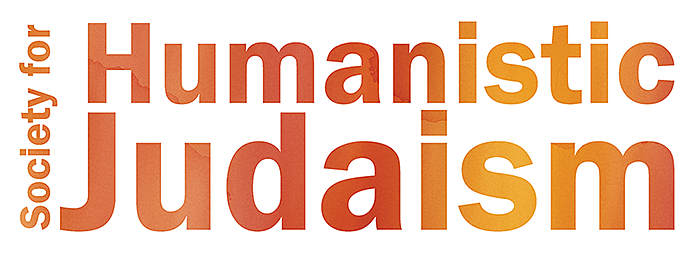
This article was originally published in the Winter 2024 issue of Humanistic Judaism Magazine. It is written by Cantor Jonathan L. Friedmann, Ph.D., community leader of Adat Chaverim – Congregation for Humanistic Judaism, Los Angeles, dean of the Master of Jewish Studies Program at the Academy for Jewish Religion, California, director of the Jewish Museum of the American West, and co-host of Amusing Jews, a podcast/YouTube channel celebrating Jewish contributors and contributions to American popular culture.

CANTOR JONATHAN L. FRIEDMANN, PH.D.
Music is an essential part of what makes us human. Although difficult to define across cultures, music—a “know it when you hear it” phenomenon—likely predates language as a means of communication and has evolved alongside language into a variety of dialects. From the viewpoint of ethnomusicology, (the study of why and how human beings are musical), music is not an independent or supplemental aspect of our lives, but is intimately linked to emotions, arts, crafts, religion, politics, identity formation, social institutions, mundane tasks, and elevated moments. No human society, ancient or modern, has existed without music, and all groups use music for similar purposes: work, war, healing, ritual, recreation, celebration, instruction, bonding, and so on. Moreover, contrary to Western assumptions, what makes our species musical is not some special skill or talent possessed by a select few, but our shared capacity to recognize, interpret, and react to music.
Because of music’s universality and multifunctionality, there are few things more diverse than musical sounds. The website Every Noise at Once has mapped out over 1,500 musical genres. These categories go far beyond the Billboard charts to include subgenres, local varieties, and micro-styles, such as flick hop, vaporwave, deep discofox, progressive thrash, Brazilian surf rock, Myanmar indie, Swedish tropical house, and Croatian electronic. Yet, even expansive lists only scratch the surface of music’s dizzying diversity. Yiddish folklorist and singer Ruth Rubin observed that
Jewish folk music is as diverse and variegated as the Jews themselves.
If this is true for the Jews—a tiny subset of the human population—imagine what it means for a species approaching eight billion.
In recent years, some music scholars have abandoned genres altogether, arguing that labels artificially reduce music to its basic features (often for marketing purposes) while ignoring hybridity: the seamless mixing of various forms, styles, elements, and influences. These scholars recommend appreciating each piece of music on its own merits, no terminology attached. Of course, this does little to satisfy our pattern-seeking brains, which thrive on organizing nearly everything we encounter. However, it reminds us that music isn’t a single or easily boxed thing: the world is full of musics.
The instructive pluralizing of once-singular terms is not unique to music. Over the past few decades, Jewish studies scholars have taken to using Judaisms in place of the singular form, emphasizing that Judaism is not monolithic. There are numerous and significant cultural, ethnic, linguistic, aesthetic,  ritual, culinary, and philosophical differences among and between Jewish communities. As such, subgenres, local varieties, and micro-styles are not just musical features, but Jewish ones too.
ritual, culinary, and philosophical differences among and between Jewish communities. As such, subgenres, local varieties, and micro-styles are not just musical features, but Jewish ones too.
It thus makes sense that each Jewish community would have its own “soundtrack.” An interesting study on this topic is Jeffrey Summit’s The Lord’s Song in a Strange Land: Music and Identity in Contemporary Jewish Worship (2000), examining musical choices in five Boston-area Jewish congregations—Hassidic, Modern Orthodox, Reform, Renewal, and Hillel—and how those choices mark who they are, and who they are not, as Jews. Across these communities, the functions of music remain consistent: ritual, celebration, bonding, instruction, etc. But the sounds are not the same.
Where do Humanistic Jews (a tiny subset of a tiny subset of the human population) fit in this discussion? As with other music cultures around the globe, Humanistic Jewish communities absorb and adapt musical influences from their surroundings, filtering out songs with incompatible texts, updating texts when possible, creating new songs, and bringing in thematically relevant popular tunes. Again, the purposes of this music are universal, both Jewishly and humanly. What distinguishes the music is who is using it, what the music says about the user, and how the user’s identity is expressed through it. Following the movement’s emphasis on “saying what you believe and believing what you say,” lyrics tend to reflect non-theistic, values-driven messages affirming the dignity of each person, humanity’s creative potential, and our collective role in improving the world. Style or genre considerations are less pressing than these conceptual factors. The music itself can be—and arguably should be—drawn from a range of sources. Ultimately, whatever music a Humanistic Jewish community uses is carefully guided by two adjectives: Humanistic and Jewish.




Leave a Reply